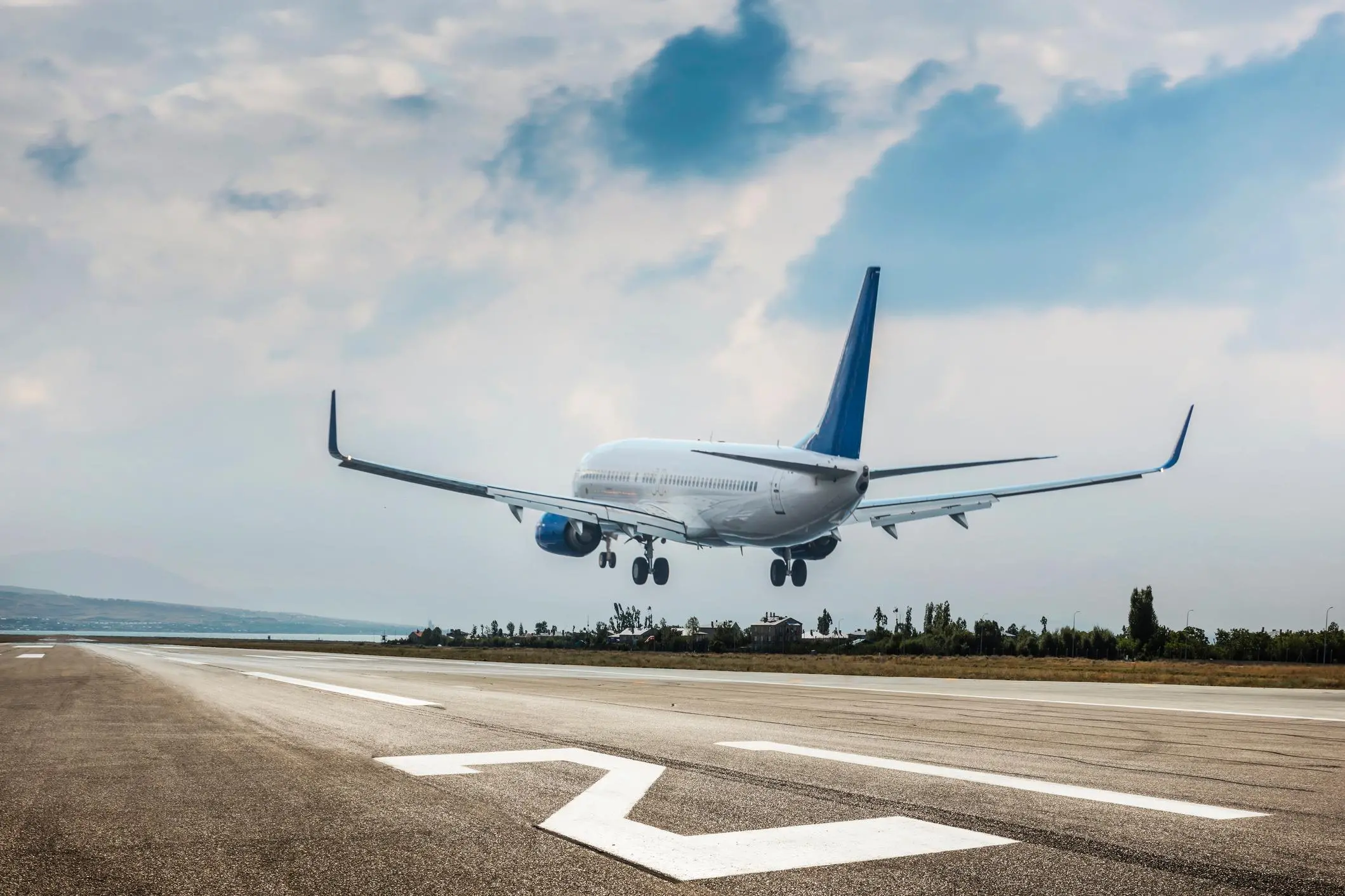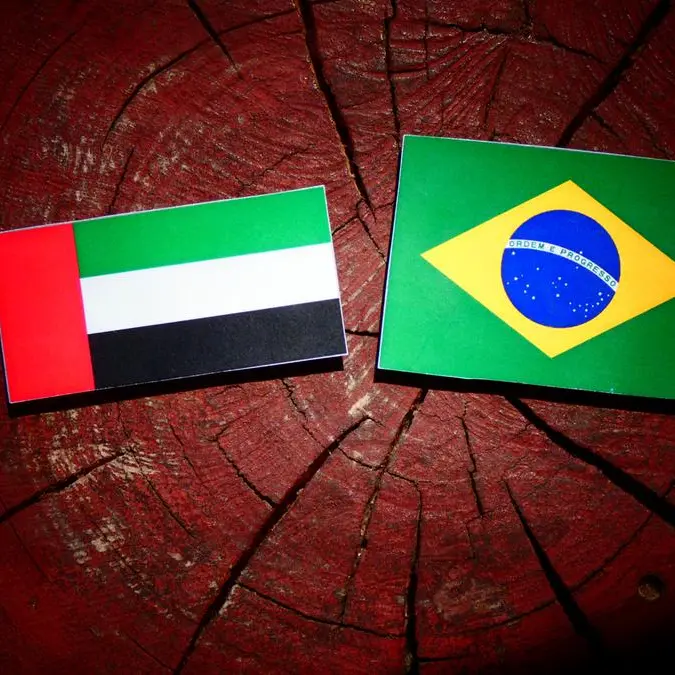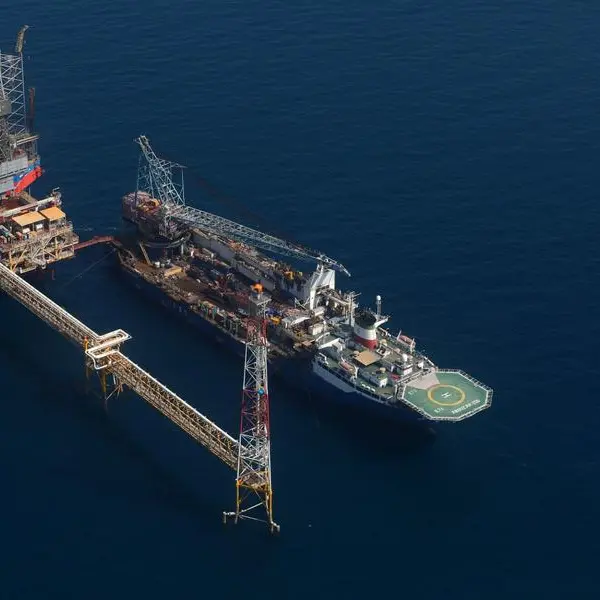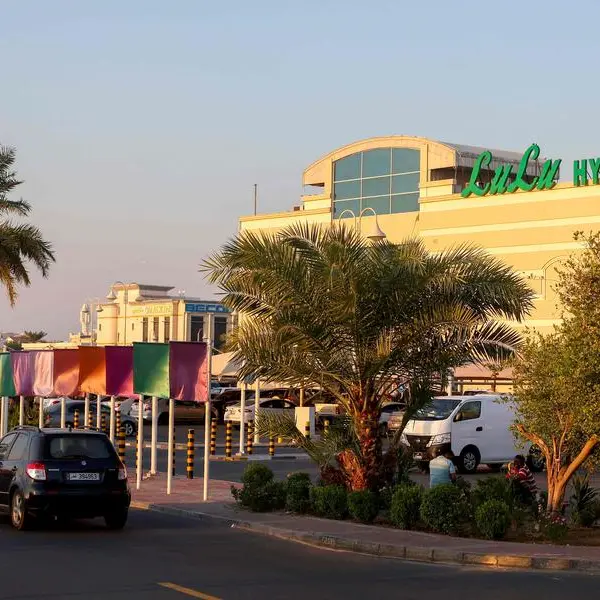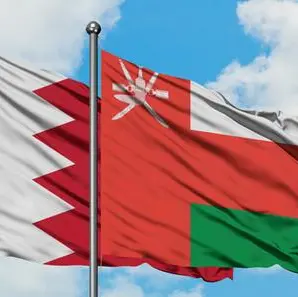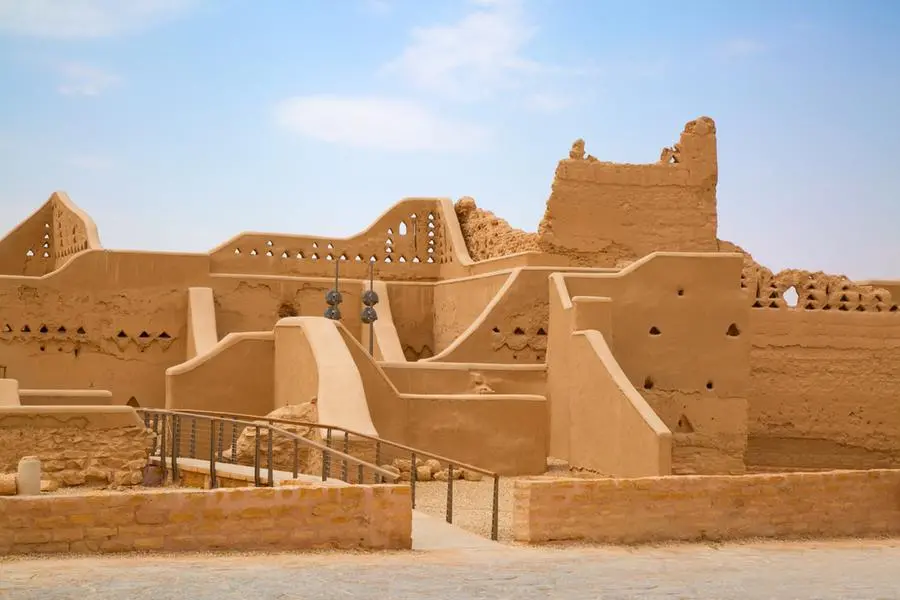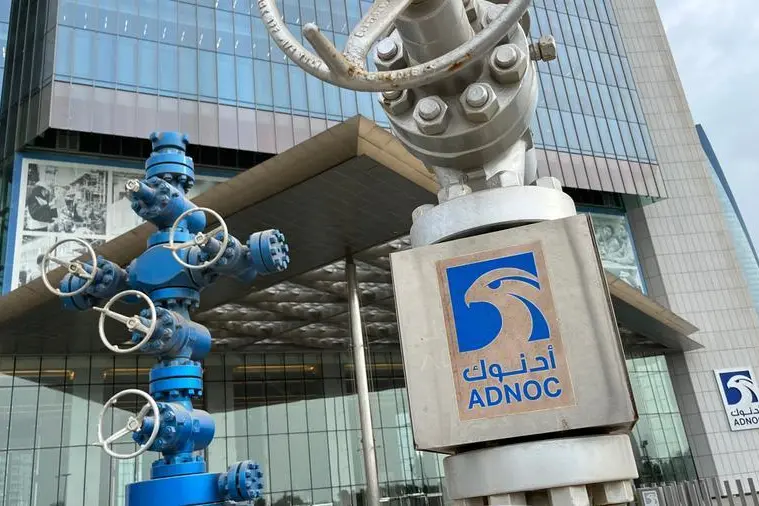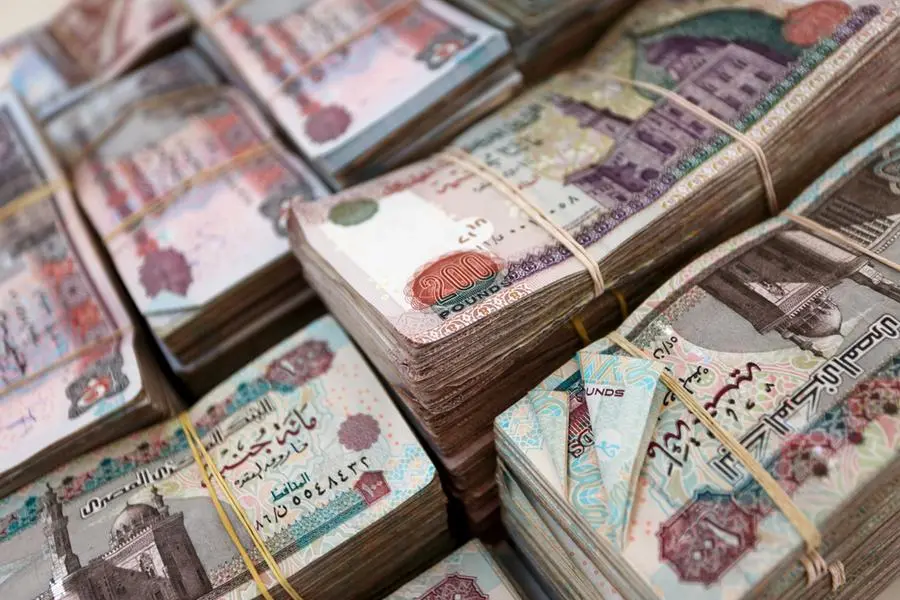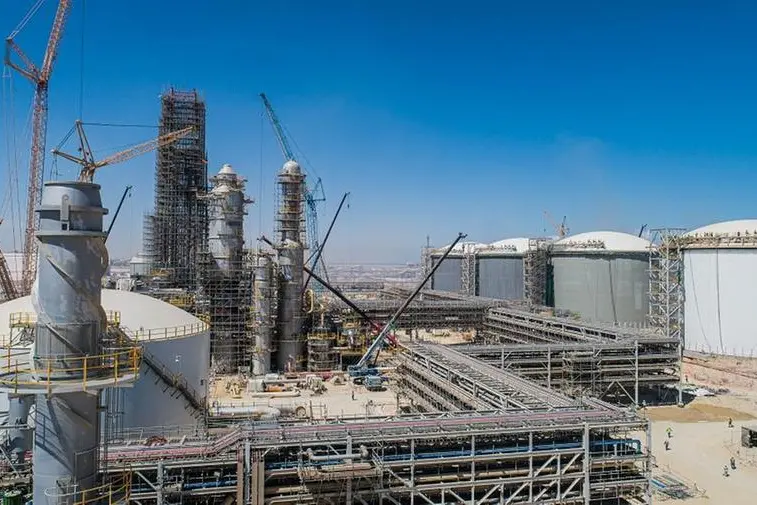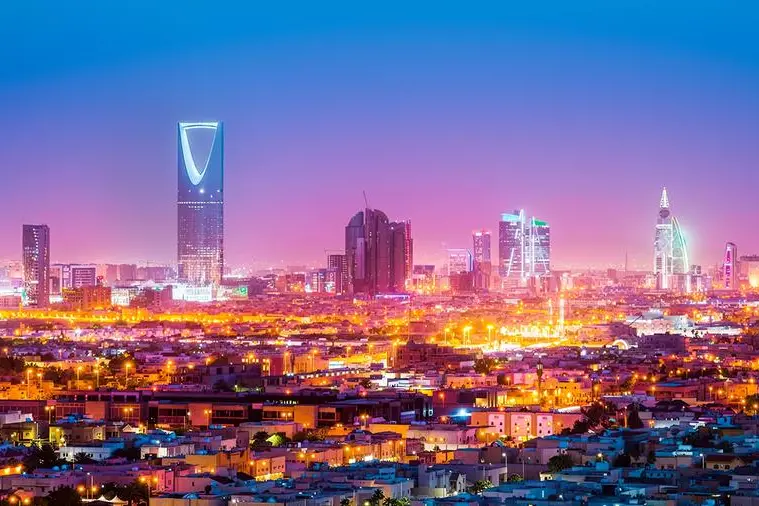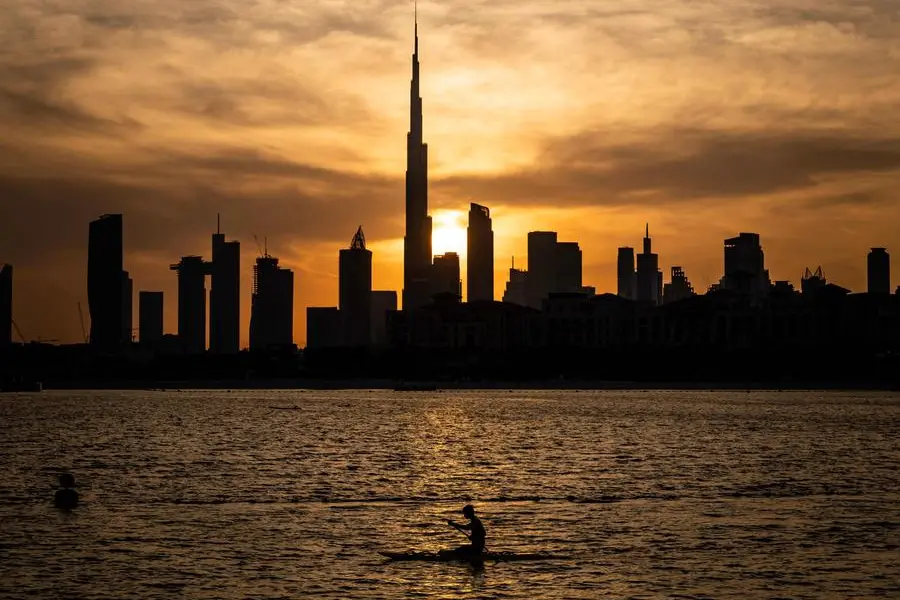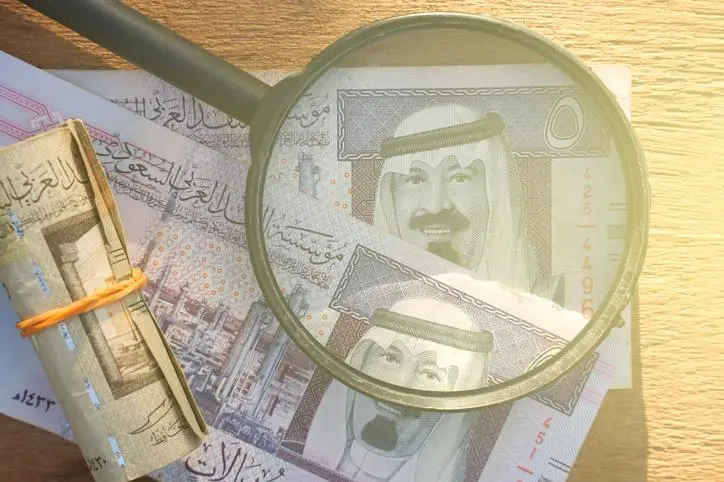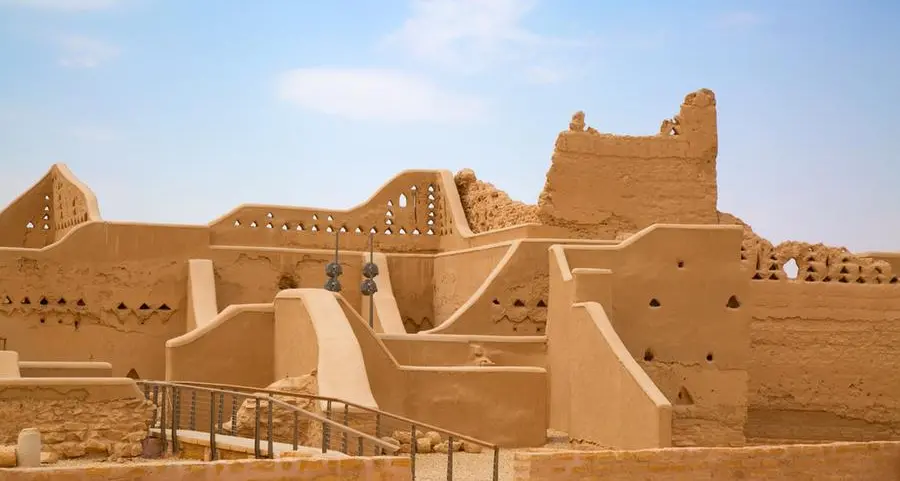PHOTO
Saudi Arabia’s aviation sector is set to be one of the fastest growing in the world in the coming years with a key report putting the sector’s contribution to the kingdom’s economy at $53 billion, last year, representing 5.2% of GVA (gross value added), and 10% of non-oil GVA.
According to the Saudi Arabian General Authority of Civil Aviation’s 2024 paper on ‘The State of Aviation’, the sector has also become a major employer, supporting 958,000 jobs across the country (including the tourism catalytic).
Saudi Arabia’s air connectivity index score was hit by the pandemic, falling from 60 in 2019 to just 46 in 2021. This had recovered to 56 in 2022 and is set to rise substantially in the coming years.
Last year, 148 destinations were served, and this will likely expand rapidly once Riyadh Air is launched. The Saudi Aviation Strategy (SAS), launched in December 2020, targets 250 global destinations by 2030, with the aim of tripling passengers to 330 million.
The SAS is highly ambitious in its targets, but as with many of the Vision 2030 projects in the pipeline in Saudi Arabia, even if they are not realised in full, a partial realisation would still represent a significant expansion.
The strategy explicitly targets becoming the Middle East’s aviation leader, setting itself up to emulate and overtake neighbouring competitors, but the UAE and Qatar’s aviation sectors have an advantage over Saudi Arabia in that they are already well established in transit services.
Nevertheless, International Air Transport Association (IATA) projects annual global passenger growth at 3.4% annually over the period to 2040, which would double current traveller levels.
Given the GCC’s geographical location it can serve many millions of consumers in Sub-Saharan Africa and Asia that will enter the middle classes over the coming decades, meaning that there is still room for growth at all the regional hubs.
Airports
Saudi Arabia’s General Authority of Civil Aviation lists 29 airports in the country, the largest of which are King Abdulaziz International Airport at Jeddah, King Khaled International Airport at Riyadh, and the King Fahd international Airport at Dammam.
Last year, these handled 43.0 million, 31.9 million, and 11.1 million passengers respectively, together accounting for a little more than three quarters of the national total.
Given the scope and scale of the development plans for the aviation sector and tourism in KSA, there are ambitious plans to develop these air facilities over the coming years.
King Abdulaziz International is being expanded to an annual capacity of 100 million by 2035, and King Khaled International will be able to handle 40 million passengers a year by 2038. There is also a massive new facility planned.
The $30 billion King Salman International Airport at Riyadh is expected to launch by 2030 with an annual capacity of 120 million passengers on opening, and able to handle 185 million by 2050.
Airlines
There are four Saudi Arabian airlines: budget carriers Flynas and Flyadeal, long-standing flag carrier Saudia, and the under-development Riyadh Air.
While Riyadh Air has been generating the bulk of the headlines for its ambitious expansion plans, all four have been placing orders for new aircraft over the past year or so as they look to expand their reach.
On July 25, Airbus announced that Flynas had signed a deal to purchase 75 single-aisle A320neo jets and 15 long-haul A330-900s, while Flyadeal’s CEO has recently told media outlets that his airline is also considering placing new orders.
Saudia has been recording strong growth in passenger numbers, with volumes up 19% y/y in Q1 of this year (to 8.3 million), following on from a 21% rise in 2023.
Saudia will complement what is expected to become the primary engine of Saudi Arabia’s aviation growth, which is Riyadh Air, anticipated to begin operations in 2025.
Last March, the airline placed its first order for 39 confirmed Dreamliners, with the option to acquire a further 33, in the largest ever order for a new carrier. It is expected to connect over 100 destinations globally by 2030.
Passenger Traffic
On structural changes, Saudi Arabia has made entering the country on a tourist visa far simpler than it was previously.
The opening up of entertainment and leisure facilities, and the easing of some social restrictions, has also made the country a more attractive destination for many international visitors than it was in the past.
These changes have led to Saudi Arabia ranking 41st globally on the World Economic Forum’s Travel and Tourism Development Index in 2024, up from 64th in 2015.
The still relatively strong showing previously was largely on the back of facilitating religious and business travel, while leisure travel was neglected. This has started to change, however, underscored by the fact that the ‘openness to travel and tourism’ component ranked 99th in 2024, up from 107th in 2019, and is likely to continue improving.
Tourism is earmarked as a key growth sector in Saudi Arabia in the coming years with the kingdom earmarking $800 billion of investment for tourism over the next decade. This is going into improving infrastructure and building new hotels at existing sites, but also developing whole new resorts as part of the massive giga projects under way in the kingdom.
The Red Sea Project has an estimated budget of $27.6 billion, with $10.0 billion in contracts awarded.
AlUla, already a key draw for visitors, has a development budget of $15.0 billion, with $2.0 billion already awarded.
Tourism Infrastructure Awards
The strong growth in tourism over the past three years has led Saudi Arabia to raise its visitor target for 2030 from 100 million to 150 million after the initial target was exceeded more quickly than anticipated.
For airports, domestic and foreign travellers are expected to be evenly split, although overall tourism is still likely to be dominated by domestic tourists. The number of foreign visitors to the kingdom is expected to rise to 50mn by 2030 from around 30mn in 2023.
Domestic Tourism
In 2023, there were 60.5 million international passengers at Saudi Arabia’s airports, compared to 51.1 million domestic travellers. International flights grew by 36% on 2022 numbers, while domestic flights were up just 2% (global recovery of air travel would explain some but not all of this disparity).
International airlines are adding new routes to Saudi Arabia as the country has eased visa rules and heavily marketed destinations such as AlUla internationally. Hosting major sporting and cultural events will further boost numbers, and publicity: Saudi Arabia has been awarded the 2029 Asian Winter Games, the 2030 Expo, and is set to host the 2034 FIFA World Cup.
Copyright 2024 Al Hilal Publishing and Marketing Group Provided by SyndiGate Media Inc. (Syndigate.info).
